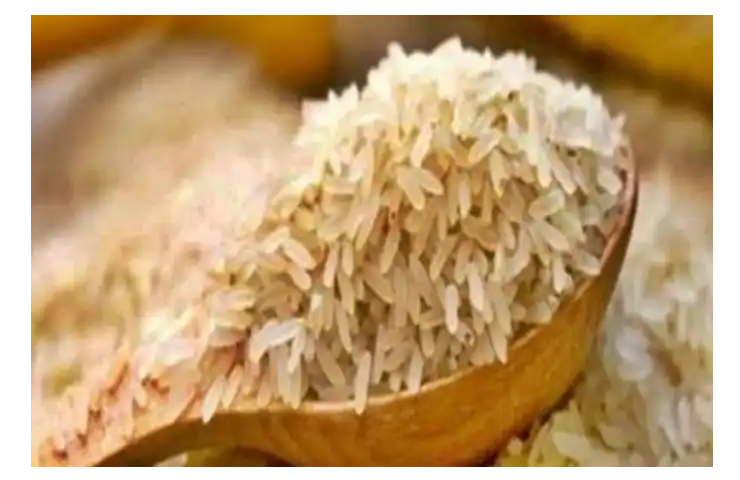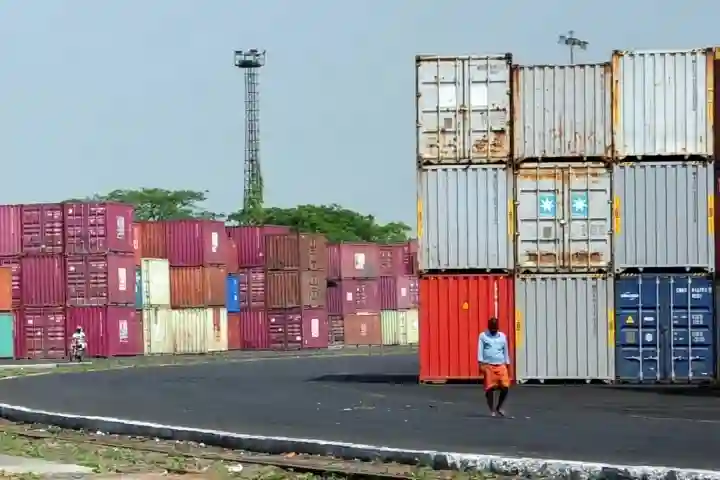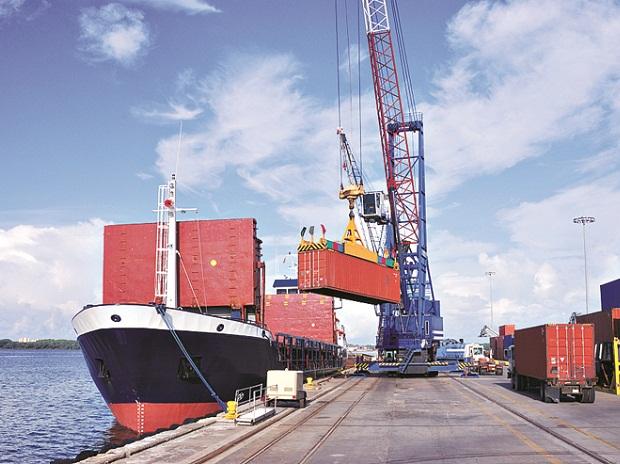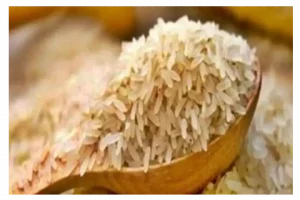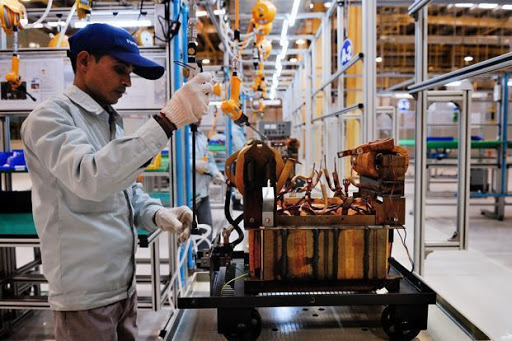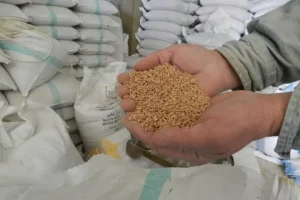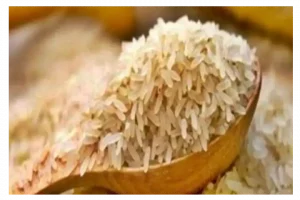India’s rice exports to China, home to 1.4 billion people, have risen steadily. In the first six months of the current financial year, India’s rice exports to China stood at a whopping 6.72 lakh tonnes compared to 3.11 lakh tonnes supplied during the full financial year of 2020-21. Estimates and orders indicate that India’s total exports of rice – almost all of it is broken rice– to China could touch 1 million tonnes by the year end, notwithstanding the lockdowns imposed by the Chinese authorities at several provinces to contain the spread of Covid 19 virus.
According to S&P Global, “Indian rice has come from representing less than 1 per cent of Chinese rice imports in 2020 to representing 23 per cent so far in 2021, making it the largest supplier of rice to China.”
Also read: Alarm in China to stop buying items from abroad due to imported Covid cases
“We have seen a huge jump in demand from China, where we are supplying 100 per cent broken rice. Though China has been one of the largest rice producers in the world, its imports of broken rice has increased in the recent past,” Vinod Kaul, executive director of the association, told India Narrative.
Broken rice is used extensively in China and other Southeast Asian countries to make wine that is also used for cooking and noodles. This quality grain is used as bird feed too.
Due to the increase in prices for other items such as corn used as bird feed, the demand for broken rice has risen.
To add to the problem, heavy flooding in several parts of China has affected large parts of crops this year.
Besides, as the country gears up for the Winter Olympics, it wants to ensure that there is no shortage of any essential items.
S&P Global in its report said that going by the current trends, China — the largest producer of rice globally, could become a net importer of rice as the country imports of the grain have surpassed the exports, which remained steady.
“If this trend continues, the world's largest producer is on course to become a net rice importer for the first time since 2018,” S&P Global said.
Meanwhile, Kaul added that though the late rains in India have caused some concerns, production of rice is likely to remain consistent. “We do not see any dent in production though we have been getting untimely rains,” he said.
India’s rice in the export market continues to have the price advantage. “Though prices have increased in the last few months, it is competitive when compared to other exporting nations,” Kaul said.
India’s non Basmati rice is priced between $360 and 425 a tonne.






